This charming portrait was painted around 1665 - it is characteristic of the type of portrait painted by Sir Peter Lely and his contemporaries at this time. The brown silk ‘dress’ with billowing sleeves was often employed by Lely as was the gauzy scarf, probably a studio prop, held at the shoulder by a jewelled clasp. Lely often draped his sitters in swathes of fabric referred to as ‘undress’ – this attire was not actually worn on the street but gave a sense of elegance and timelessness to portraits.
The sitter is Lady Elizabeth Spencer, by tradition, and the portrait is known to have been at Drakelow as early as 1899 by an inventory of pictures taken that year (listed as “Lady E Spencer”). It may have come to Drakelow through the marriage of Sir Robert Gresley (1866–1936) to Lady Frances Spencer Churchill (1870-1954), eldest daughter of George, Duke of Marlborough.
The Gresleys were an ancient Norman family, descended from Nigel de Stafford, the son of Robert de Stafford, scion of one of the most powerful families in England. A suggestion based mainly upon the Stafford surname, descendants of Raoul of Tosny, his descendants can claim a pedigree unmatched in Europe for antiquity (origins in the myth-history of the Norseman). Nigel's son, also named Nigel, took the name Gresley after he acquired Castle Gresley in Derbyshire.
Though mainly Elizabethan in character, Drakelow Hall had been altered and restored at different periods but never actually rebuilt. The Domesday Book recorded Nigel de Stafford holding the Manor of “Drachelawe” near the conclusion of the 11th century, and his descendants represented 28 generations of this house. Centuries have past, three dozen monarchs have been entombed, yet up to 1931, the children of Nigel de Stafford have still held Drakelow - over nine hundred years and as long as any family in England is said to have owned the same manor. The Gresley Baronetcy was the sixth oldest baronetcy in Britain until it became extinct on the death of the 13th and last Baronet in 1976.
At the time the contents were sold in 1931 there were many panelled rooms with antique furniture, china, etc., and also a tapestry room. Five oaken beds dated from the reigns of Queen Elizabeth I and James I, while two early 17th century ebony beds were probably brought back from Spain by Walsingham Gresley (1585-1633) who was attached to the British Embassy in Madrid. A valued heirloom was the Gresley Jewel, a fine specimen of the 16th century work in the form of a pendant, presented by Elizabeth I to Catherine Sutton, daughter of Lord Dudley, on the occasion of her marriage to Sir George Gresley, K.B.
Held in a very fine quality antique carved and gilded frame.
Sir Peter Lely’s character and art dominated the art world of the second half of the seventeenth century in England. Everyone of consequence in his age sat to him, and it is in his portraits that we form our conception of English portraiture during the Protectorate and years following the Restoration.
He was the son of a Dutch military officer, and was born in at Soest in Westphalia in 1618. He studied in Haarlem before moving to London in 1641, and in 1647 he became a freeman of the Painter-Stainers’ Company. Initially, Lely painted landscapes, religious, and mythological scenes, however, he quickly recognised the strength of the English market for portraiture and this is where he turned his attention. He was employed by the Duke of Northumberland, who had the royal children in his care, and he was able to study the Northumberland Collection of works by Van Dyke and Dobson. By the end of the Commonwealth, he had become the best-known portraitist in England. In 1661 he was appointed Principal Painter to the King and from then on he maintained a busy and successful practice painting the most elite and influential members of the court and of everyone of importance. His studio was prolific and employed many assistants, as was the common studio method. His success thus meant that he established the basic English portrait style for decades.
Lely was a connoisseur and was known for his own fine art collection. By the end of his life he had assembled one the finest non-princely collections in Europe including more than 25 of Van Dyke’s major English works, Old Masters including Veronese, Titian, Claude Lorrain and Rubens, and a fabulous collection of drawings.
Provenance:
Sir Robert Gresley, 11th Baronet (1866–1936), Drakelow Hall, his sale July 1931;
Sotheby's London November 19, 1992, Lot 174, The collection of the Late Dudley Snelgrove, F.S.A. (1906-92). Dudley Snelgrove was an expert on watercolours
Literature:
‘The Gresleys of Drakelow’, F.C. Madan, 1899
Measurements:
Height 64cm, Width 52cm framed (Height 25”, Width 20.5” framed)



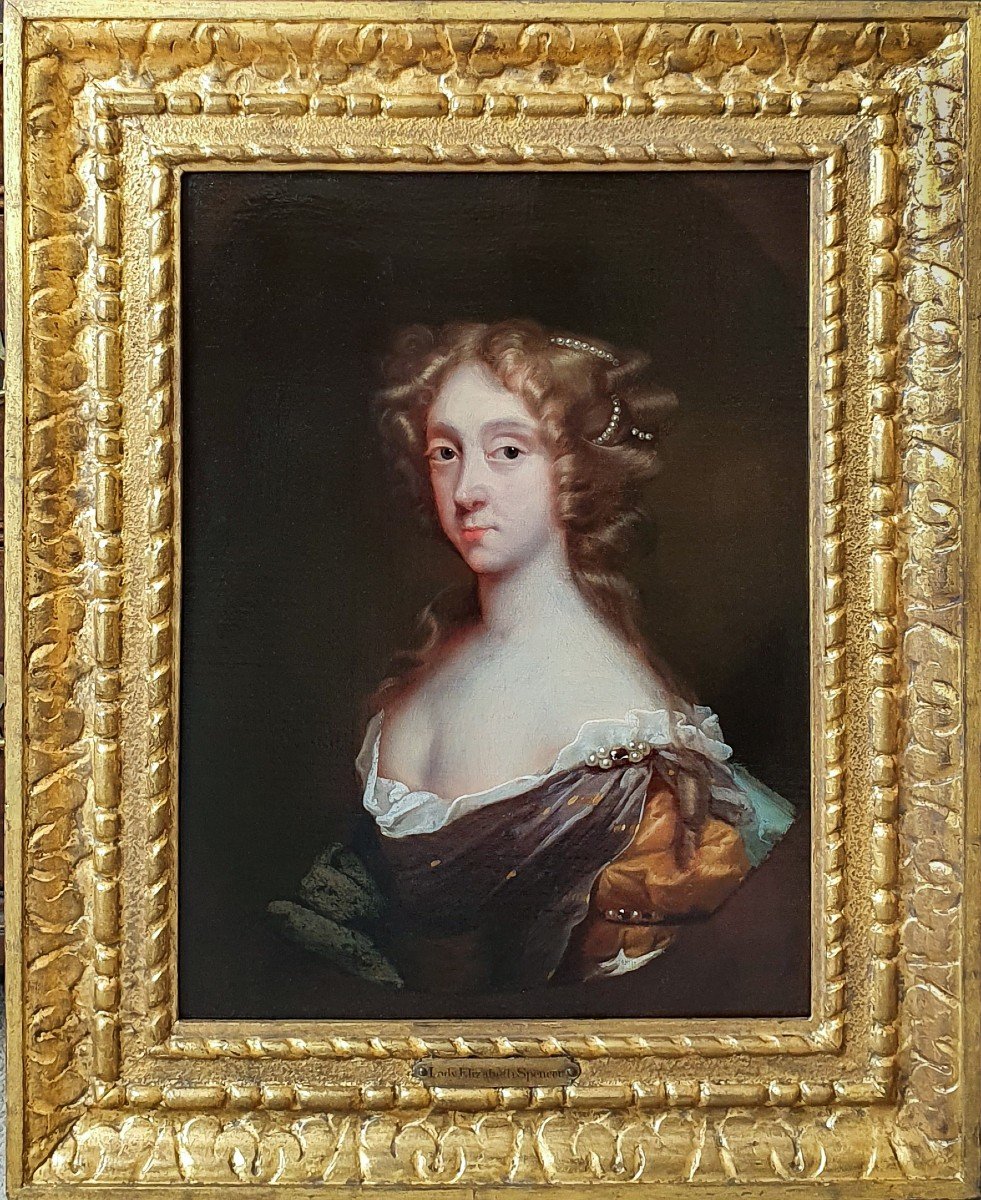
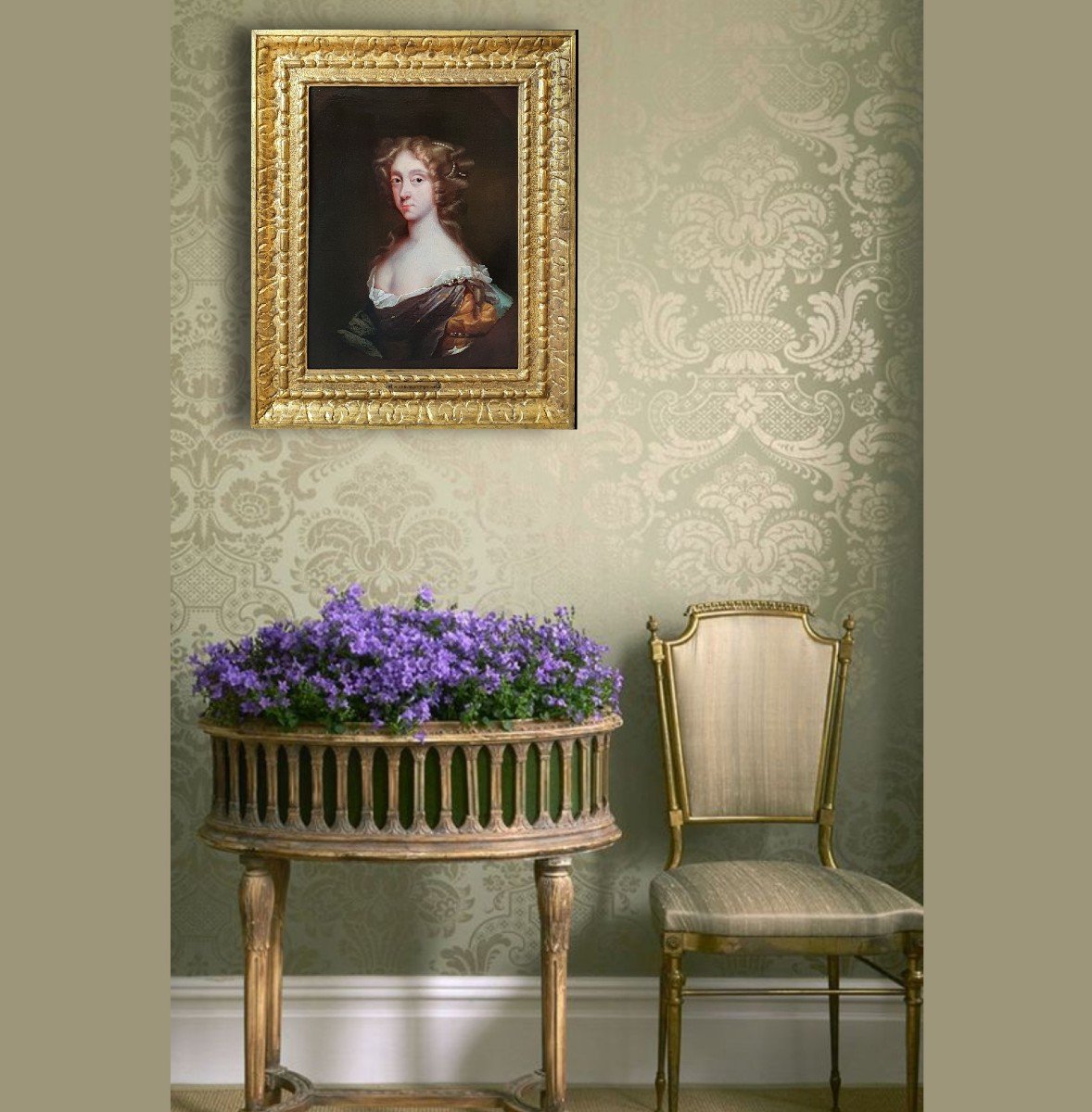


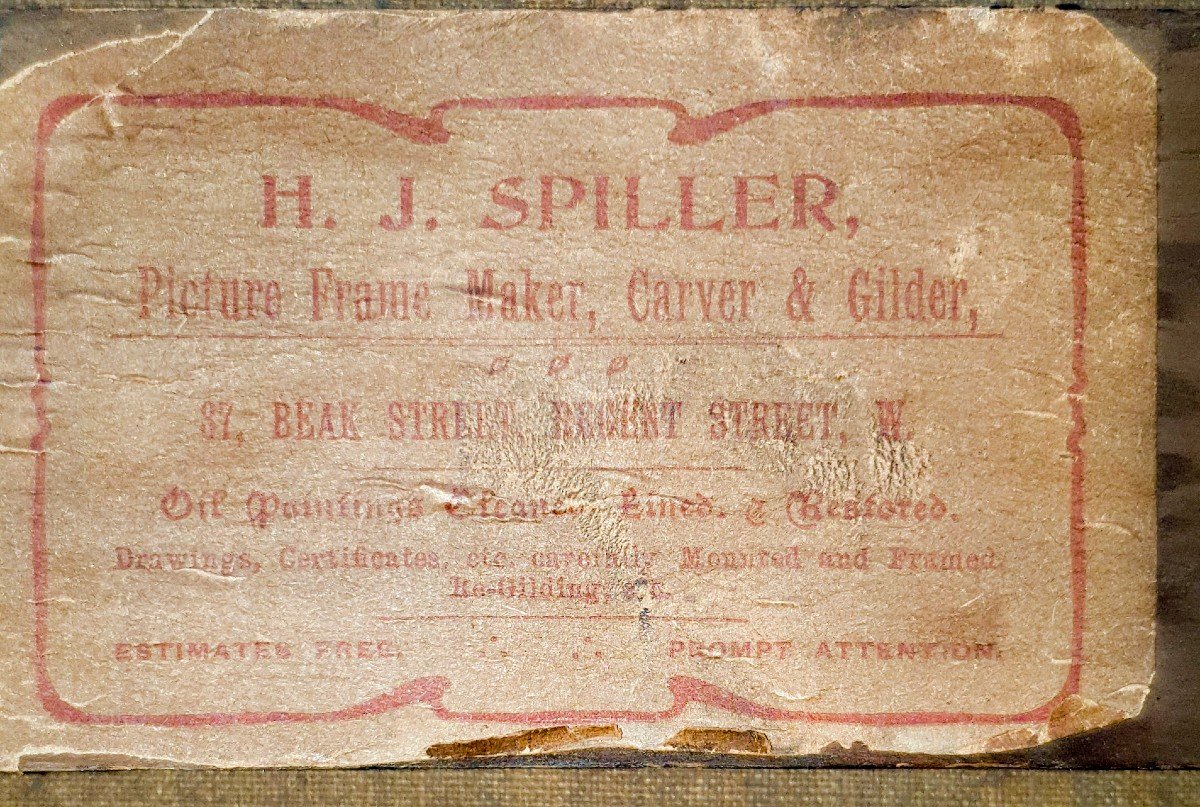
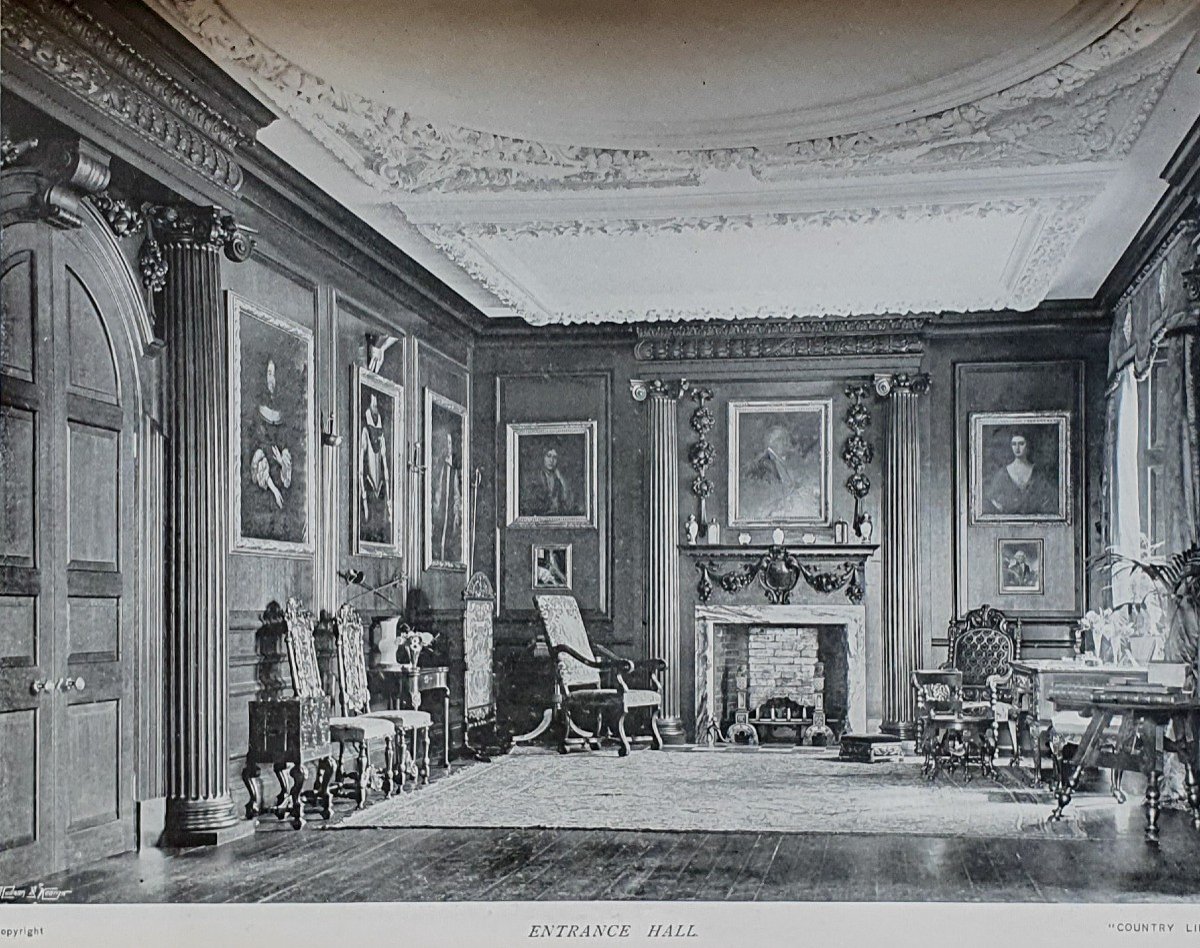
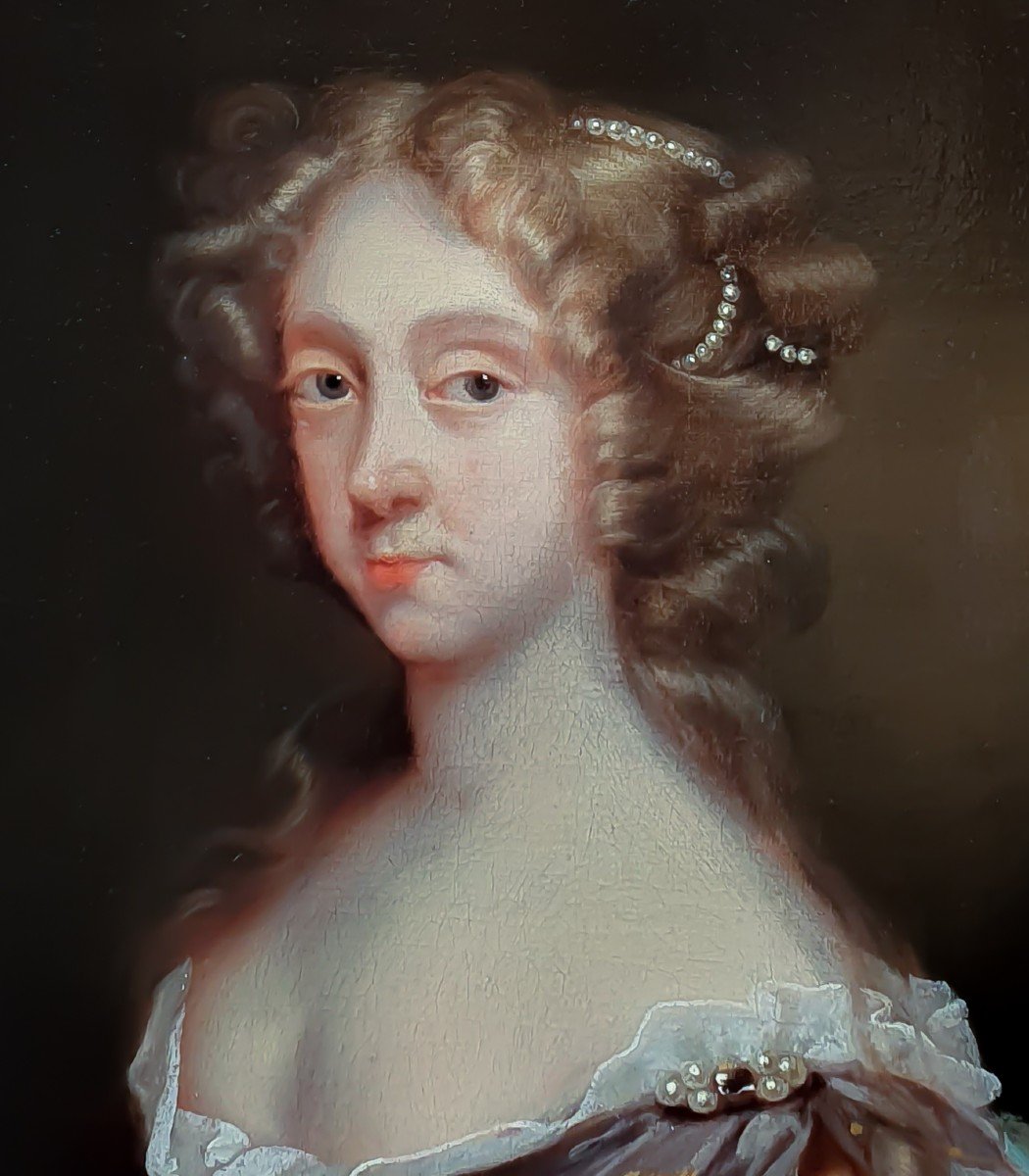
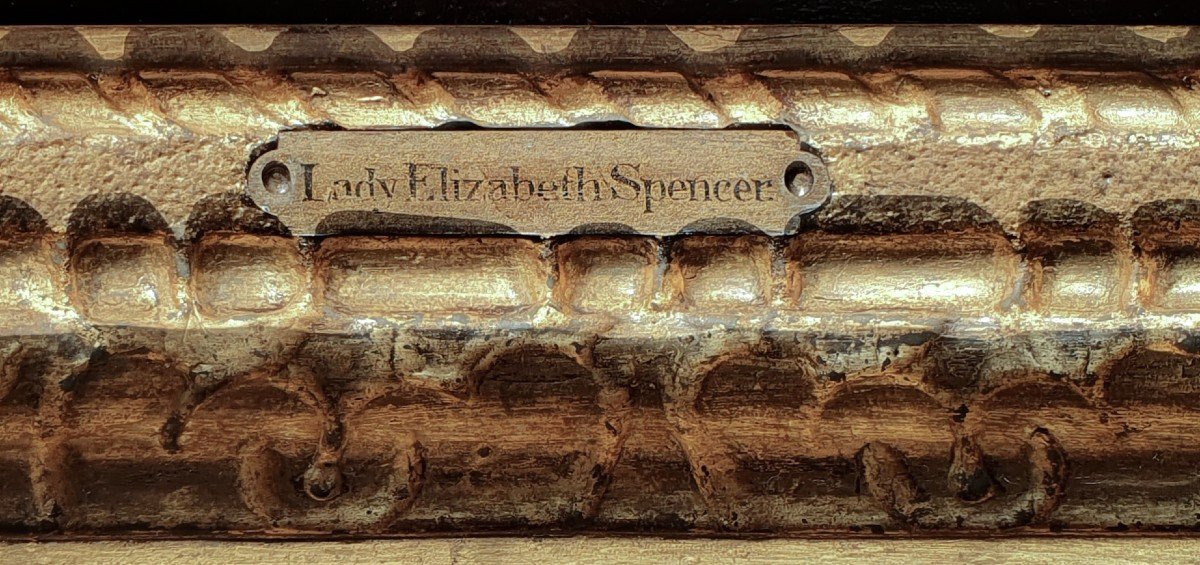
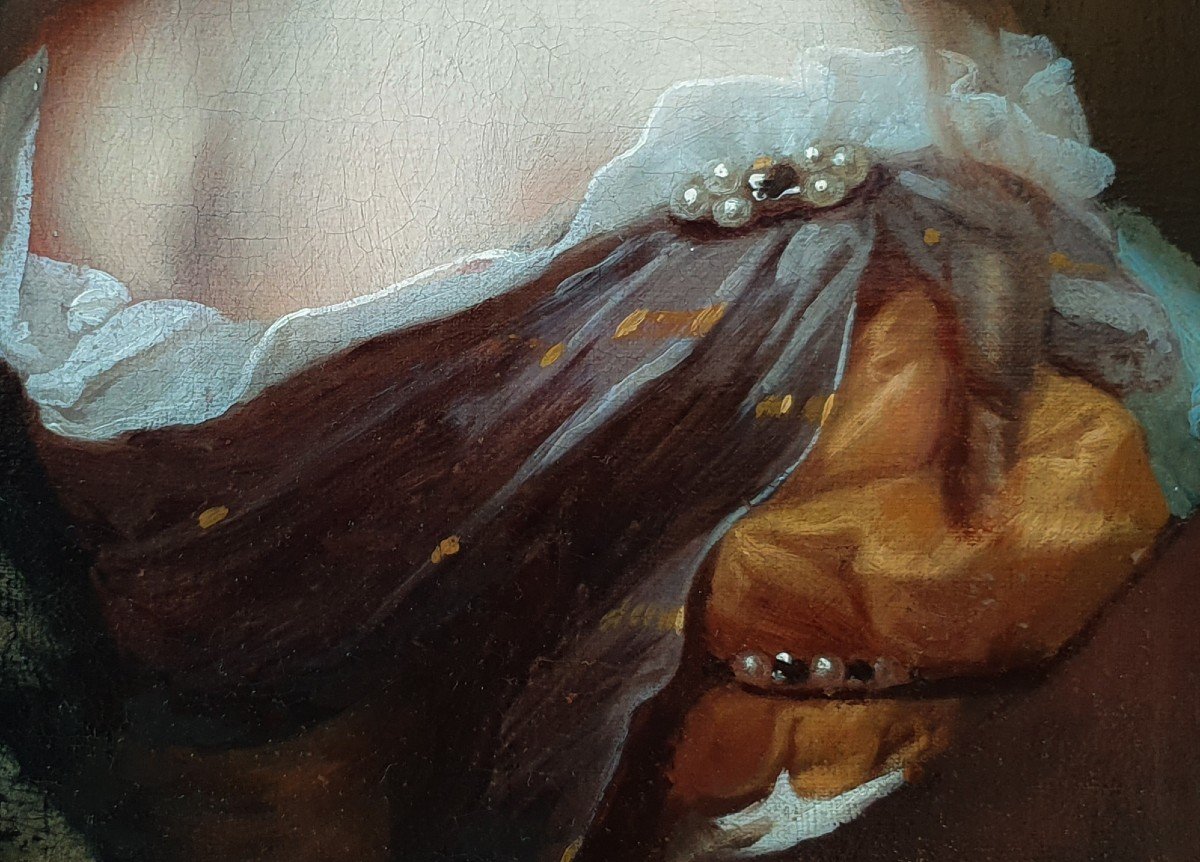





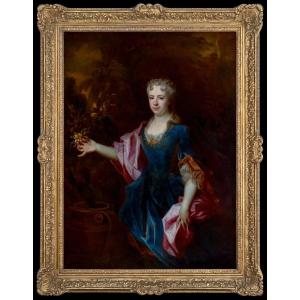

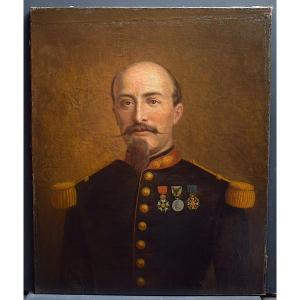







 Le Magazine de PROANTIC
Le Magazine de PROANTIC TRÉSORS Magazine
TRÉSORS Magazine Rivista Artiquariato
Rivista Artiquariato
